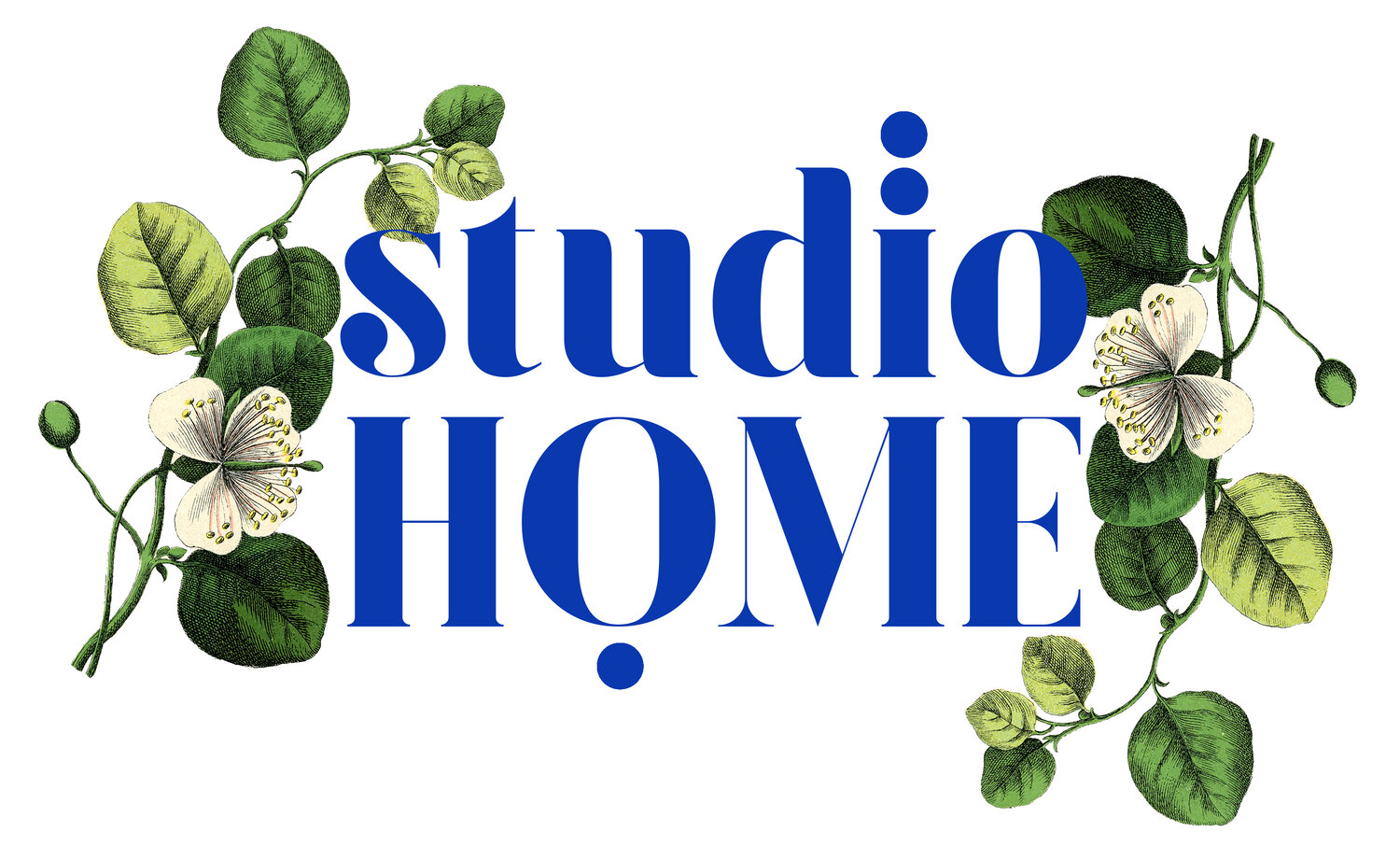A beginners guide to "Mid Century Modern" : its roots, its philosophy and its design
/The term 'Mid Century Modern' is readily flung around by furniture stores, magazines and bloggers like a little hook to lure you in. Hey, its not the only catchy catch phrase out there that glows with trendy interior promises - but if you, like me, have grown a little confused about "what" sort of style it relates too, then let me help clarify. In cahoots with local Mid Century design experts (real ones!); Mr Bigglesworthy, I ducked back into student research mode in an attempt to offer you a 10 minute window to upgrade your understanding!To do this, there is no avoiding starting at the beginning of it all.Lets walk through this...
"Mid Century Modern" originally referred to a period of American based design between 1933 to 1965.
No matter how many articles I read about this, those dates differ (!) however, lets take into account the world events and movements that essentially contributed to this new era of design
.Bauhaus - a design school in Germany that fostered broad creative thinking across art, design and architecture, with the aim that they would all meet together in a finished product. Despite only operating for 14 years (1919-1933), including a move of campus and distinctly different directorship 3 times due to the political climate, this college was formed with "the intention to rethink design from the bottom up and not to accept any traditional certainties".{Sources - Bauhaus, Wikipedia}Many students and teachers of this college migrated to America from post war Germany and directly influenced the style of post war American living!
International Style - "the style of architecture that emerged in Holland, France, and Germany after World War I and spread throughout the world, becoming the dominant architectural style until the 1970s. The style is characterized by an emphasis on volume over mass, the use of lightweight, mass-produced, industrial materials, rejection of all ornament and color, repetitive modular forms, and the use of flat surfaces, typically alternating with areas of glass."{Source - Getty Research Institute via Wikipedia}
The ideas around architecture and use of materials rising in popularity during this period were readily adopted in America and the international design scene (sort of goes without saying..)
Both of these iconic design campaigns above were born within the philosophical movement of Modernism, which began in the 19th century and continued into the 20th.To avoid delving too deep, I thought this quote below gave us a peep into the thinking that affected societies perspectives on not only design, but modern lifestyle at large.
"Modernism, in general, includes the activities and creations of those who felt the traditional forms of art, architecture, literature, religious faith, philosophy, social organization, activities of daily life, and even the sciences, were becoming ill-fitted to their tasks and outdated in the new economic, social, and political environment of an emerging fully industrialized world."
{Source - Wikipedia}
Beginners Guide to Mid Century Modern by Studio Home: Home by Richard Neutra
Beginners Guide to Mid Century Modern by Studio Home: Hanna House was designed by Frank Lloyd Wright in 1936 for Stanford Professor Paul Hanna and his wife, Jean
So, as designers fled Europe for post war America, they bought with them progressive ideas that were easily buoyed by the world's development of non-traditional building materials and manufacturing processes. The advancements in science and technology to aid war and production inadvertently offered designers, architects and artists a whole new toy box to experiment with!
There was optimism and bravery everywhere - people wanted a new way of living at home and designers were eager to deliver!One of the most visual results of this, in the architectural sense, would be the Case Study House Programme that ran from 1945 - 1966. Launched by the Editor and Publisher of USA magazine Arts and Architecture; John Entenza issued a challenge to architects to offer a creative response to the impending building boom following the housing shortages of the Great Depression and WWII. They were encouraged to use materials donated by the manufacturing industry to create low cost, modern housing prototypes that might also reconnect your everyday customer with the professional architecture world.
In total, 36 homes were designed and while not all were built, many have become fascinating examples of "new" architecture and the innovative style of prominent designers at the time - think Charles and Ray Eames, Eero Saarinen, Richard Neutra, Craig Ellwood and Pierre Koenig among many others.
Beginners Guide to Mid Century Modern by Studio Home: The Stahl House, 1960 by Pierre Koenig, Case Study House #22. Photography by Julius Shulman
Beginners Guide to Mid Century Modern by Studio Home: The Stahl House, 1960 by Pierre Koenig, Case Study House #22. Photography by Julius Shulman
Another really notable mention here would be the work of Joseph Eichler, a progressive housing developer who was one of the first in his industry to capture the spirit of this new style of building (largely inspired by the exciting work of Frank Lloyd Wright). He aligned himself with a collection of innovative architects and proceeded to build nearly 11 000 single family homes, mostly in California.This movement was host to experimental, society led design to improve living and essentially offer affordable housing and furniture to the masses thanks to modular concepts, prefabrication, the streamlining of production and the manufacture of new materials.
Beginners Guide to Mid Century Modern by Studio Home: A Joseph Eichler house
Beginners Guide to Mid Century Modern by Studio Home: Case Study House nº9, Casa Entenza 1945-1949
However, it wasn't actually until 1984 that this design activity and philosophy was identified as a "Mid Century Modern". Art historian and writer; Cara Greenburg is credited with 'coming up with it' as the title of her book profiling the style of this period! And from there, the term has not only stuck, but expanded to encompass worldwide design and architecture that reflects the characteristics and values of that time.
So what ARE some of those characteristics?
Architecture
Introduction of indoor/outdoor flow - often blurring the lines by using walls of glass and continuing flooring material outdoors.
Bold combinations of materials and a play on texture - brick vs wood vs plastic vs concrete vs stone vs panelling
Split level living and inbuilt furniture - instead of walls, changes in 'height' and the use of inbuilt seating and storage helped define spaces.
An uncluttered, clean lined aesthetic.
Inspiration was found in nature with the introduction of organic curves into interior spaces and exterior form.
Exploration of graphic colour and pattern.
Some best known architects of the period are: Charles and Ray Eames, Frank Lloyd Wright, Richard Neutra, Rudolf Schindler , Walter Gropius,Philip Johnson amongst many more.
Beginners Guide to Mid Century Modern by Studio Home: The Spencer House in Malibu, Photograph by Julius Shulman
Beginners Guide to Mid Century Modern by Studio Home: Bailey House built by architect Pierre Koenig in Los Angeles, CA
Studio Homes Beginners Guide to Mid Century Modern and its longevity of style : The Falling Water House by Frank Lloyd Wright, 1936 // Photographer unknown.
Beginners Guide to Mid Century Modern by Studio Home: Bailey House Credit Julius Shulman via the J. Paul Getty Trust
Beginners Guide to Mid Century Modern by Studio Home: Recreation Pavilion, Mirman Residence, 1959 Arcadia, CA / Buff, Straub and Hensman
Furniture
Designers got creative with non traditional materials like plastics, vinyl, plywood, plexi glass, lucite, fibre glass and stainless steel.
Smooth surfaces and clean lines but not limited to straight ones! This often gave a sculptural look to chairs and tables.
Utility and function most often came before form.
Vivid colour and pattern combinations. Pattern often bouncing between organic and geometric lines.
Some best known furniture and product designers of the time are Harry Bertoia, Arne Jacobsen, Eileen Gray, Isamu Noguchi, Verner Panton, George Nelson, Eero Saarinen, Charles and Ray Eames, Alver Aalto amongst may more.
Note - so many architects of that age were successful furniture and product designers, artists and someeven textile/graphic designers.
Beginners Guide to Mid Century Modern by Studio Home : The Aalto House, Alvar Aalto Museum
Beginners Guide to Mid Century Modern by Studio Home : Arne Jacobsen
Beginners Guide to Mid Century Modern by Studio Home: Architects and Designers, Ray and Charles Eames in their home.
To conclude, I don't think there is any need for us to split hairs with what is or isn't 'true' Mid Century Design.The architecture and design of the 30's, 40's, 50's and 60's was influenced by the tastes of society and the improvements of technology at the time. The same can be said of today's design influences, but it just so turns out that the philosophies and values created "then" are still as relevant to designers and house dwellers today!Want to explore this all further? I would suggest bouncing over to Mr Bigglesworthy where you can browse both restored originals from that period AND exclusive international brands producing work either designed in that era or deeply steeped in the principles of that time.Here are some personal favourites from Mr Bigglesworthy!
This post kicks off a cool series exploring different facets of design born in and inspired by the Mid Century Modern movement. The next 3 posts will be housed on the Mr Bigglesworthy website so stay tuned on our social media channels for more!UPDATE: Read Colour and Pattern in the Mid Century Home here!Including how to translate that inspiration into your own now.
PLUS dive into even more inspiration from that age via our packed Pinterest Board focused on Interiors, Colour, Pattern and more Mid Century love.
Beginners Guide to Mid Century Modern by Studio Home: Astep 'VV Cinquanta' Twin Wall Lamp by Vittoriano Viganò from Mr Bigglesworthy
Ernest Race Antelope Chairs from Mr Bigglesworthy
Tomado Modular Shelving System from Mr Bigglesworthy
G-PLAN 'MODEL 6250' ARMCHAIR from Mr Bigglesworthy





















